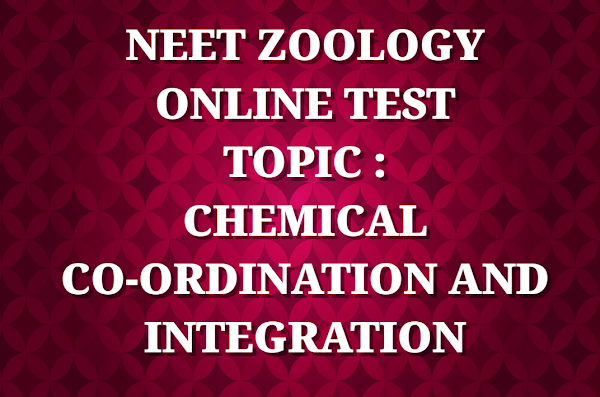Home »
NEET_ZOOLOGY_2
» NCERT CLASS 11 | TOPIC : CHEMICAL CO-ORDINATION AND INTEGRATION | QB-2 | NEET BIOLOGY ONLINE TEST
NCERT CLASS 11 | TOPIC : CHEMICAL CO-ORDINATION AND INTEGRATION | QB-2 | NEET BIOLOGY ONLINE TEST
RECENT POSTS 2024
Get Latest Updates: Follow Us On WhatsApp












No comments:
Post a Comment